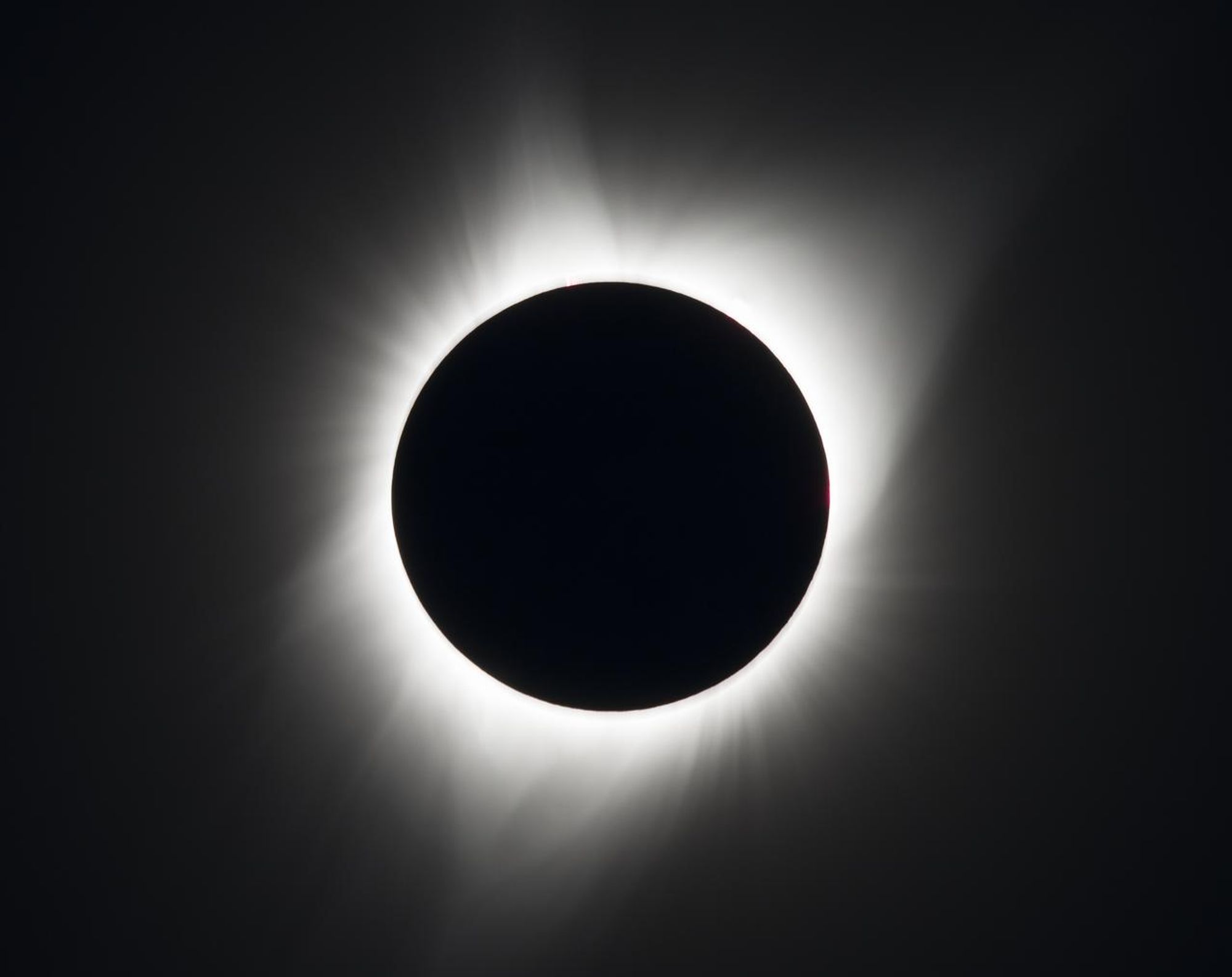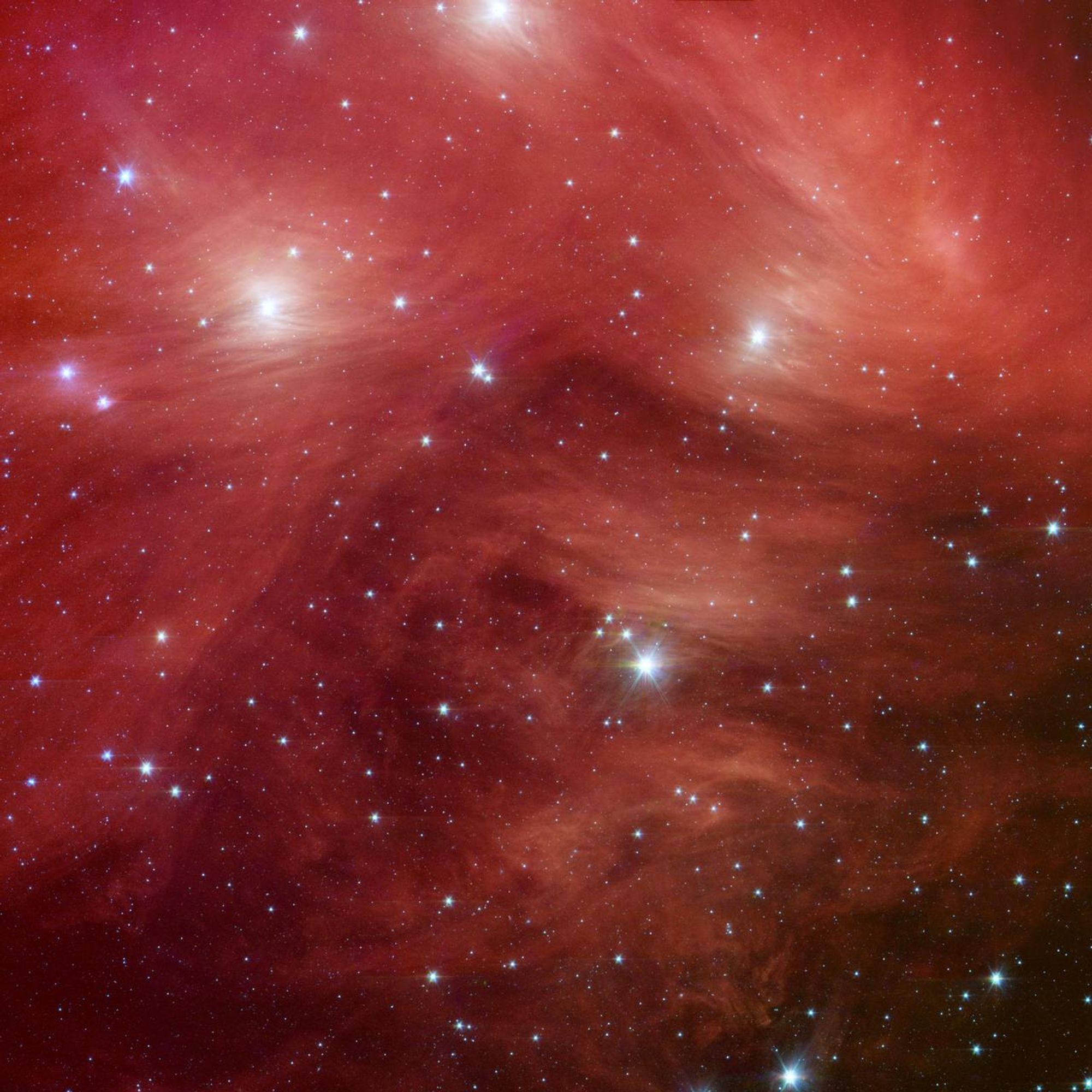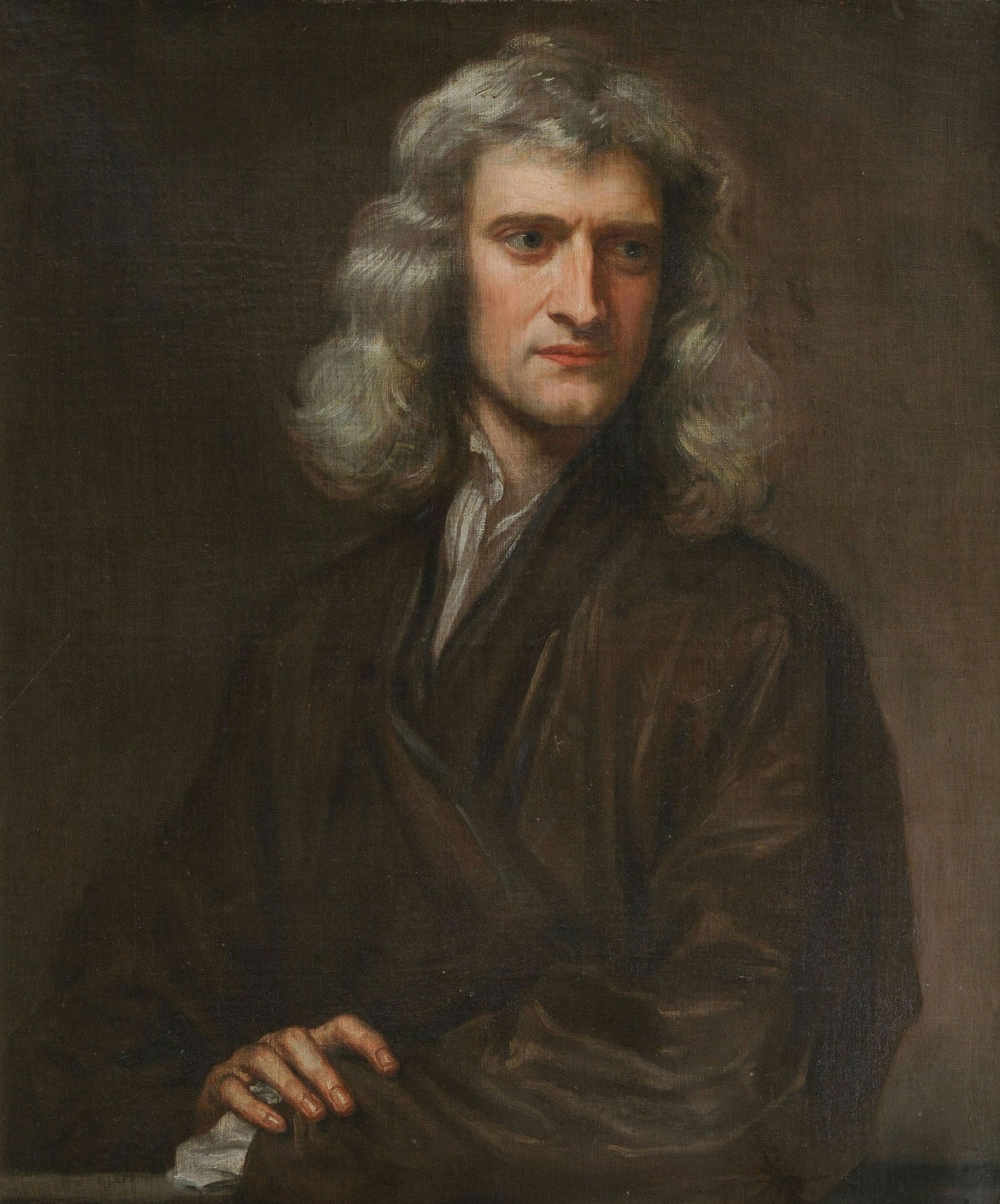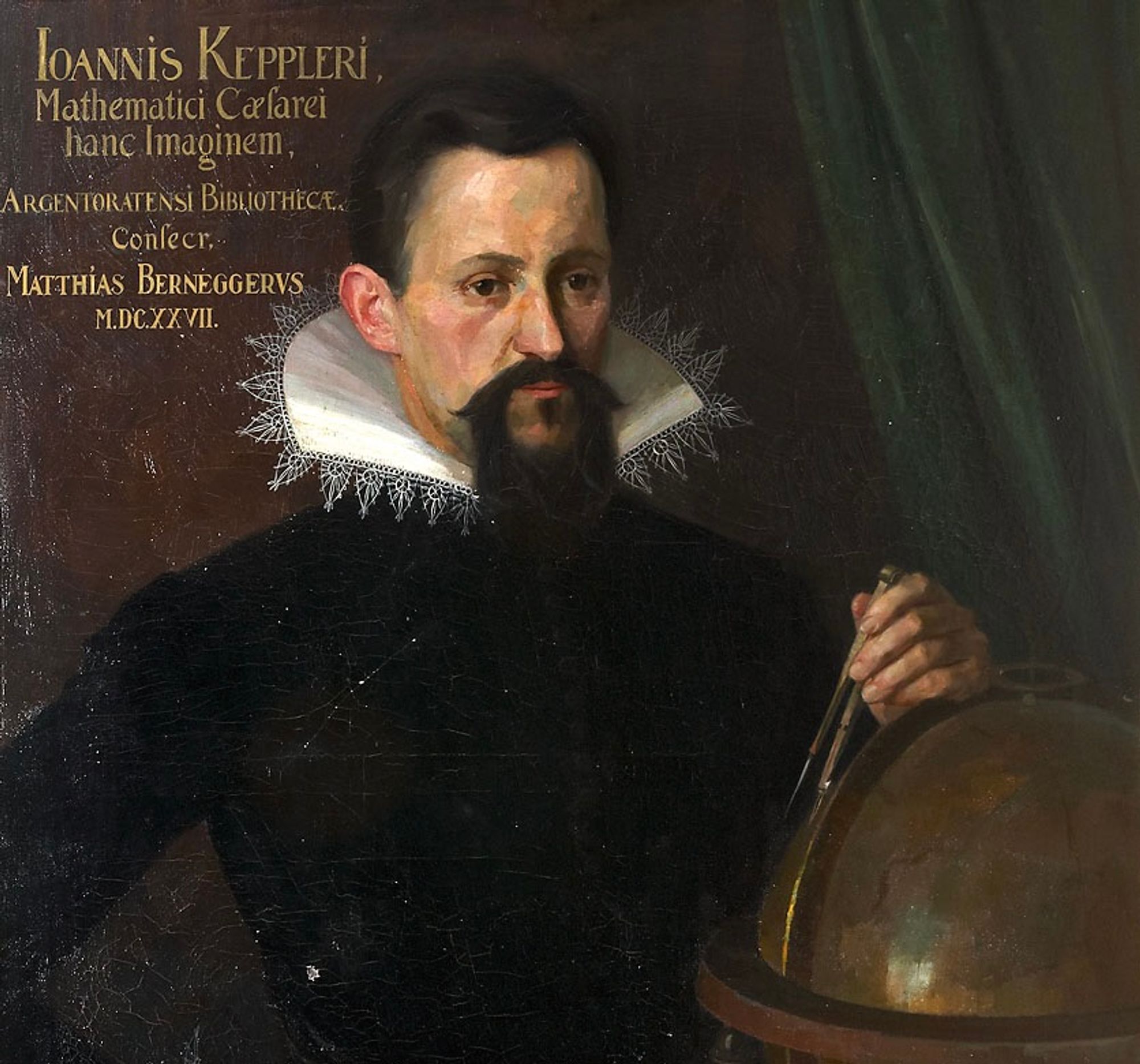Big Apple Sky Calendar: December 2023
In the 1990s, astronomy professor Joe Patterson wrote and illustrated a seasonal newsletter, in the style of an old-fashioned paper zine, of astronomical highlights visible from New York City. His affable style mixed wit and history with astronomy for a completely charming, largely undiscovered cult classic: Big Apple Astronomy. For Broadcast, Joe shares current monthly issues of Big Apple Sky Calendar, the guide to sky viewing that used to conclude the seasonal newsletter. Steal a few moments of reprieve from the city’s mayhem to take in these sights. As Oscar Wilde said, “we are all in the gutter, but some of us are looking at the stars.”
—Janna Levin, editor-in-chief
December 1
Sunrise at 7:00 am EST.
Sunset at 4:29 pm EST.
December 2
On this date in 1942, the first controlled, self-sustaining nuclear chain reaction was achieved by the “Manhattan Project” scientists—in an underground squash court at the University of Chicago. Working under the direction of Enrico Fermi, the team found that by bombarding uranium with neutrons, the uranium would fission into lighter elements, together with more neutrons, which would immediately find more uranium to fission—each time with energy released (because mass is lost, and E=mc2). This was the basis of the atomic bomb. They basically knew this would happen, but needed to find a way to control the reaction—otherwise you couldn't build a bomb without blowing yourself up. After the tense but successful experiment, the team cabled to the super-secret agency, “The Italian Navigator has discovered the New World.” The cryptic reply came: “How were the natives?” And the answer: “Very friendly.”

December 2-3
The gibbous (slightly greater than last quarter) Moon passes through Gemini and Leo on these nights. It’s a good time to get acquainted with Leo, the famous “backwards question mark” in the sky. The bright star Regulus, the heart of the Lion, is the dot of the question mark.
December 4
Death of Omar Khayyam in 1148. Perhaps the last of the great Persian astronomers… and my favorite.
Up from Earth's center through the Seventh Gate,
I rose, and on the throne of Saturn sate.
And many knots unravell'd by the road
But not the knot of Human Death and Fate.
December 8
Earliest Sunset for NYC (4:35 pm). This might be surprising—why isn't it the December solstice, which is always the shortest day, at nine hours and 15 minutes? It's because the exact time of “solar noon” (when the Sun is directly south) wanders by as much as 15 minutes during the year due to the Sun's inconstant motion (owing to the slight eccentricity in the Earth's orbit). Also, it's only “earliest” by a gnat's eyelash. NYC sunsets only vary by ten minutes for EVERY December day.

December 9
The waning crescent Moon is just three degrees south of Venus in this morning’s sky. A gorgeous sight if you have a clear southeastern horizon.
December 12
New Moon at 6:31 pm. Exactly four lunations (lunar periods) from now, the New Moon will line up exactly with the Sun… and the great total solar eclipse of 2024 will occur. Have you made your eclipse plans yet (April 8th)? Practically anywhere in the Adirondacks or near Lake Champlain would be excellent (weather permitting). NASA has a great website on this eclipse.

No matter where you view it, a good solar filter (ND 5, or neutral density five) would be a mighty good investment. They cost only a few bucks now; but near eclipse day, the supply vanishes and the price skyrockets.
Also worth emphasizing: this is mainly a naked-eye spectacle. If you’re actually in the path of totality, don’t invest any (or much) of the precious two minutes in viewing through a telescope.
December 12-14
The Geminid meteors. Roughly after midnight on these nights, the Earth passes through the orbit of the asteroid Phaethon, and a large supply of tiny particles burns up in our atmosphere. These are called Geminid meteors, because they appear to come roughly from the vicinity of the constellation Gemini. It’s the most prolific of the annual showers (~one hundred meteors per hour)… but the timing (after midnight, when Gemini is reasonably high in the sky) means that you should expect cold weather. A sleeping bag and a companion to keep your spirits high (“There’s one!”) are highly recommended. And perhaps a reclining chair; human necks are not naturally designed for this activity.

And for gaps between meteors, savor the majesty of Orion, a tad south of Gemini:
“Thou splendid soulless warrior,
Ghost of the shimmering summer dawn,
King of the winter nights!”
December 17
The crescent Moon passes just south of Saturn tonight. Get thee to a telescope!
December 19
First quarter Moon.
December 20-22
The gibbous Moon passes north of Jupiter on these nights.
December 21
December (winter for us borealites) solstice at 10:28 pm EST.
December 23
The “gibbous” (roughly three-quarter) Moon passes close to the Pleiades star cluster tonight.

December 25
Isaac Newton was born on this day in 1642. Isaac's father had died a few months earlier, and his mother soon remarried, leaving the young Isaac to the care of his grandparents. René Descartes, the other intellectual giant of the seventeenth century, had a similar childhood.

Christmas. The exact timing of Jesus's birth is highly uncertain. Neither the day, month, or year is known. Early Christians may have favored a day near the winter solstice, because that signifies the seasonal rebirth of the Sun's gifts (warmth and light). And some Christians celebrate January 6th; that might be the origin of the “twelve days of Christmas.” Some astronomers have tried to find an astronomical event (planetary conjunction, nova, comet, etc.) around that time, and link it to the story of the Magi “who saw a star in the east.” These are favorite themes in planetarium shows. But none of those events occur in the year zero (most are in the range 2-6 CE). Also, it’s hard to understand how an astronomical sighting can indicate a particular place on Earth, as stated in the Matthew gospel, the only source for the story. Everything in the sky moves!
December 26
Full Moon at 7:33 pm EST.
December 27
Johannes Kepler was born on this day in 1571. Kepler's derivation of the precise orbit of planets (ellipses) was the first to establish that the planets moved in a precise geometric pattern. Arthur Koestler wrote a great popular book about Kepler—The Watershed. It was part of an equally great popular book about the Scientific Revolution—The Sleepwalkers.

December 31
Sunrise at 7:19 am EST.
Sunset at 4:38 pm EST. ♦
Subscribe to Broadcast